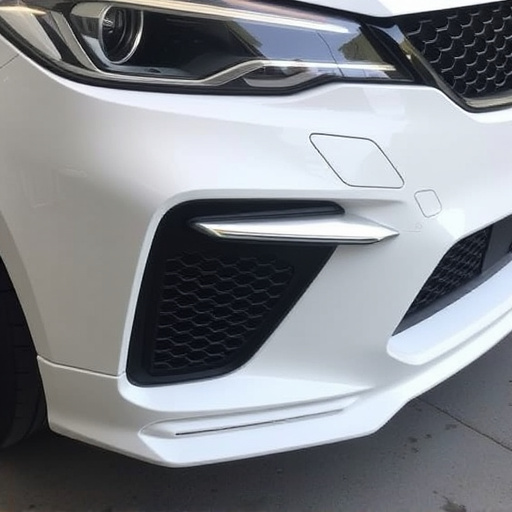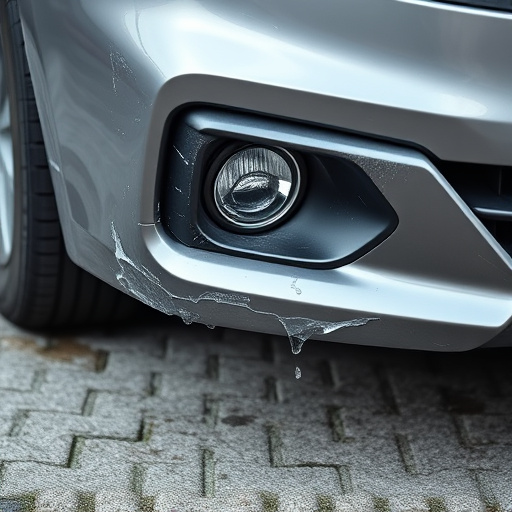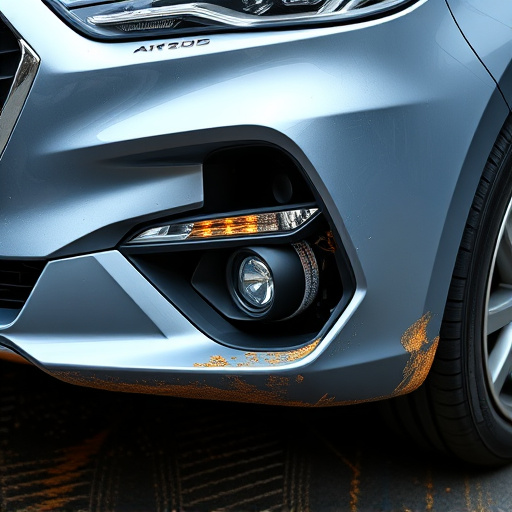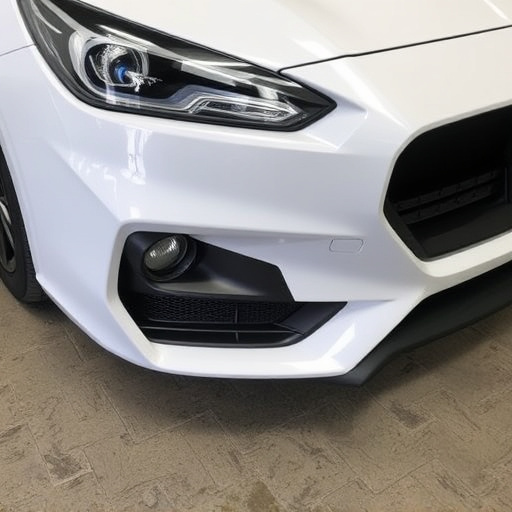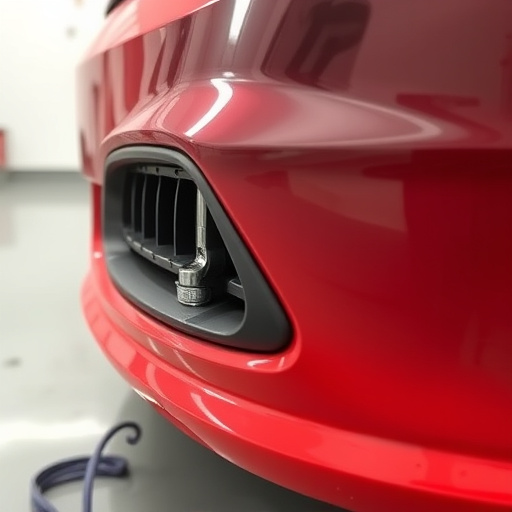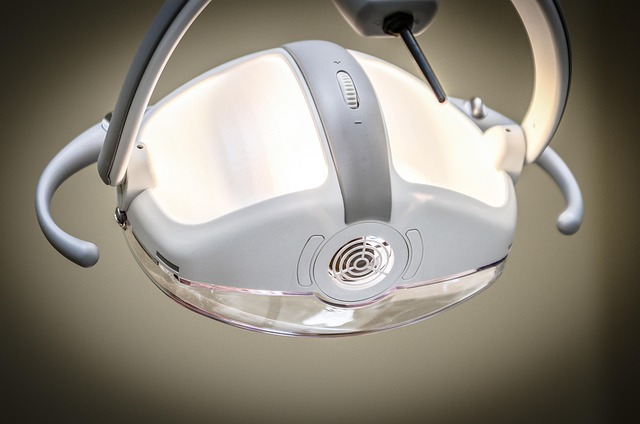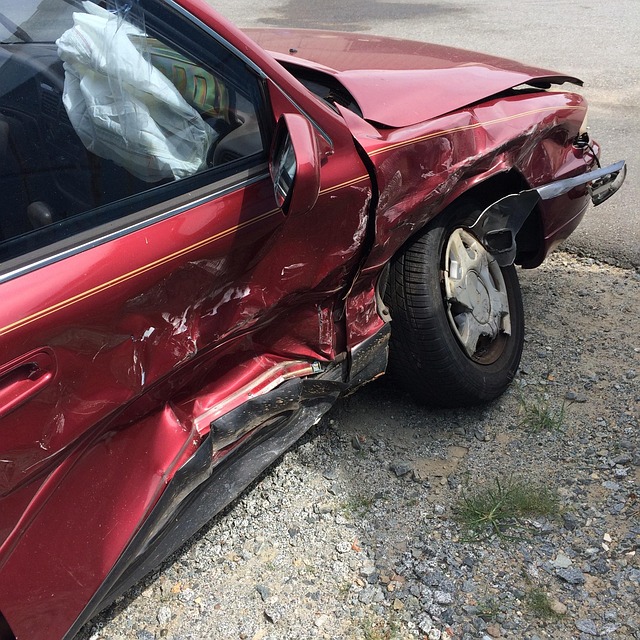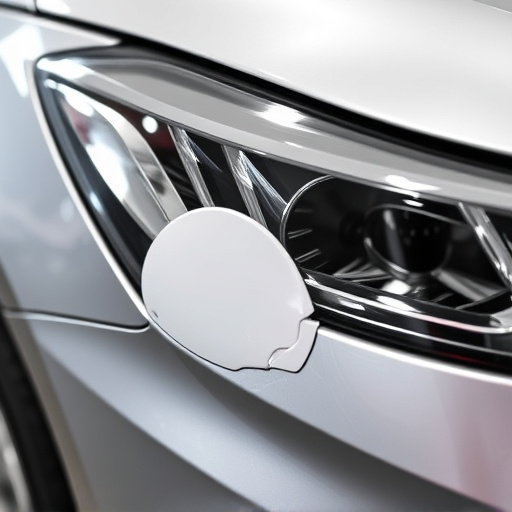Paintless dent repair (PDR) is a cost-effective, non-invasive method for restoring damaged car bodies, eliminating the need for painting or replacing panels. Recognized by insurance policies for its preservation of vehicle aesthetics and resale value, PDR costs vary based on damage severity, size, location, car material, paint type, and technician skill. Understanding these factors enables drivers to anticipate and compare PDR costs effectively.
“Discover how paintless dent repair, a non-invasive method for removing dents and dings, can be a cost-effective solution. This article demystifies the insurance coverage behind this innovative process. We’ll explore what your policy might entail for paintless dent removal, breaking down common misconceptions.
From understanding the procedure to decoding the associated costs, you’ll gain valuable insights into managing and budgeting for paintless dent repair. Get ready to make informed decisions regarding your vehicle’s aesthetics and wallet.”
- Understanding Paintless Dent Repair: A Non-Invasive Approach
- What Insurance Plans Typically Cover for Paintless Dent Removal
- Decoding the Cost: Factors Influencing Paintless Dent Repair Expenses
Understanding Paintless Dent Repair: A Non-Invasive Approach

Paintless dent repair is a non-invasive approach to restoring damaged car bodies, focusing on removing dents and dings without painting or replacing panels. This method has gained popularity due to its cost-effectiveness compared to traditional auto body restoration. The process involves specialized tools that gently work beneath the surface to push out the dented area back to its original shape.
By avoiding cutting, welding, or extensive painting, paintless dent repair can significantly reduce labor costs and, consequently, the overall price for customers. This makes it an attractive option for those looking to fix minor collision damage, ensuring their vehicle’s original finish remains intact while still achieving a like-new appearance through expert auto maintenance techniques.
What Insurance Plans Typically Cover for Paintless Dent Removal

When it comes to covering paintless dent repair cost, various insurance plans can offer support for this increasingly popular car bodywork service. Many standard auto insurance policies include provisions for dent removal, recognizing its value in maintaining vehicle aesthetics and resale value. Typically, comprehensive coverage, which protects against non-accident related damages, will cover the costs associated with paintless dent repair. This includes incidents like shopping cart dents, bird droppings, or minor fender benders that leave behind dents but no significant body damage.
Some insurance companies also extend coverage to specific high-deductible plans, where policyholders pay a lower premium in exchange for higher out-of-pocket expenses. In such cases, paintless dent repair might be covered at a reduced level, subject to the deductibles and limitations outlined in the policy. For those prioritizing cost-effective auto maintenance, understanding these coverage details can help them navigate the paintless dent repair process more efficiently.
Decoding the Cost: Factors Influencing Paintless Dent Repair Expenses

Decoding the Cost: Factors Influencing Paintless Dent Repair Expenses
The cost of paintless dent repair can vary widely, with several factors influencing the final price tag. One of the primary determinants is the severity and size of the dent or damage. Smaller dents in less visible areas tend to be less expensive to fix, while larger or more complex dents that affect a car’s appearance will command higher prices. The location of the dent on the vehicle also plays a crucial role, with certain parts being more challenging to access and repair than others.
Other factors include the type of material used in the car’s body and paint, as well as the skill and experience of the technician performing the repair. Newer cars with advanced paint systems might require specialized tools and techniques, driving up costs. Conversely, older vehicles with less sophisticated finishes could be repaired at a lower cost. Ultimately, understanding these variables can help drivers get a clearer picture of what they can expect to pay for paintless dent repair services.
Paintless dent repair (PDR) offers a cost-effective and non-invasive solution for vehicle damage, with significant savings compared to traditional painting methods. Understanding what insurance plans cover in PDR costs is essential for car owners looking to restore their vehicles efficiently. By decoding the influencing factors, such as labor rates, part types, and extent of damage, individuals can better prepare for potential expenses. Knowing these details ensures that customers receive fair estimates and make informed decisions regarding their paintless dent repair needs.


